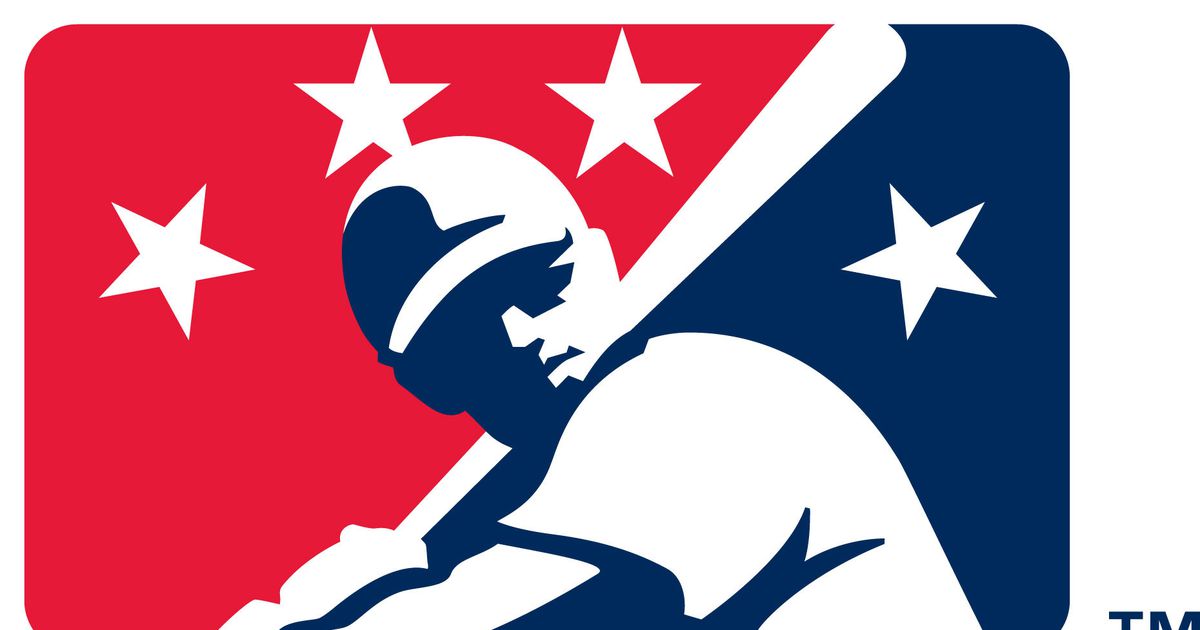Minor leagues to have six-game series, common off day to help cut costs


NEW YORK — Baseball’s minor leagues will shift to regionalized six-game series with a common off day in an effort that cuts scheduled travel mileage by 28 to 56% and reduces expenses in their first season of operations under Major League Baseball.
MLB reduced affiliated farm teams to 120 from 160 in the first season after the end of the Professional Baseball Agreement between Major League Baseball and the National Association of Professional Baseball Leagues, which governed the minors. The PBA had existed since 1901 but was allowed to expire at the end of 2020 as MLB took over running the minors.
Triple-A teams are scheduled for 142 games each starting April 6 in the Triple-A East League and April 8 in Triple-A West, as the new leagues are called for now. However, Opening Day is likely to be pushed back to May 4 due to the novel coronavirus pandemic. That would match Opening Day at Double-A and Class A, where teams are scheduled for 120 games apiece.
Prospects from Triple-A are likely to spend April at alternate training camps, used for minor leaguers to stay in shape when the entire 2020 minor league season was wiped out because of the pandemic. Double-A and below would remain at extended spring training.
Each league will be off every Monday, except for Triple-A West, which will be off each Wednesday. The different off day was requested by owners in that league because purchasing plane tickets was cheaper for those teams for Wednesday travel than for Sunday night or Monday.
Teams in the six-team Northeast Division of the Triple-A East league — Buffalo, Lehigh Valley, Rochester, Scranton/Wilkes-Barre, Syracuse and Worcester — will play entirely within their division, for an additional travel savings.
Triple-A East teams will average 6,808 miles, down from 11,579 for the International League in 2019. Triple-A West teams will average 14,609, down from 20,081 for the Pacific Coast League.
At Double-A, the average dropped to 4,549 in the East, 3,925 in the South and 5,233 in the Central from 8,953 in the Eastern League, 7,635 in the Southern League and 11,328 in the Texas League.
At High A, the average will be 3,672 in the East, 4,671 in the West and 3,544 in the Central, down from 4,005 in the Florida State League, 5,386 in the California League and 6,859 in the Carolina League.
At Low A, the average will be 2,962 in the East, 1,731 in the Southeast and 2,356 in the West, down from 7,533 in the Midwest League and 10,011 in the South Atlantic League.
Minor league seasons are scheduled to end Sept. 19, except for in the Triple-A West, which will finish Sept. 21. Minor league seasons traditionally ended on Labor Day weekend, but the later conclusion to the regular season provides a place for major league clubs to send players on optional assignments until close to the end of the big league regular season on Oct. 3.
The only minor league All-Star Game this year will be at Triple-A. There has not been a decision on whether to have postseasons; they may not be held this year due to the pandemic.
While players with major league contracts started reporting Wednesday, most players with minor league deals won’t report until April 1.
An expanded active roster limit will be set at 28 at Triple-A and Double-A and 30 at Class A, up from 25 throughout the minors in 2019.
There are three new affiliates: the St. Paul Saints at Triple-A for Minnesota, the Sugar Land Skeeters at Triple-A for Houston, and the Somerset Patriots at Double-A for the New York Yankees.
Six new ballparks include ABC Supply Stadium in Beloit, Wisconsin; Fredericksburg Ballpark in Fredericksburg, Virginia; Atrium Health Ballpark in Kannapolis, North Carolina; Toyota Field in Madison, Alabama; Riverfront Stadium in Wichita, Kansas; and Polar Park in Worcester, Massachusetts.
A new limit caps domestic-based minor leaguers at 190 per organization, which drops to 180 on minor league Opening Day. In addition to the four affiliates with player development licenses, each team has a fifth farm team of rookie-level players at its spring training complex.
Salaries for players with minor league contracts are rising 38% to 72%. The weekly minimum rises from $290 to $400 at rookie level, $290 to $500 at Class A, $350 to $600 at Double-A, and $502 to $700 at Triple-A. For players on 40-man rosters on optional or outright assignment to the minors, the minimum is covered by the Major League Baseball Players Association collective bargaining agreement and rises from $46,000 to $46,600 for a player signing his first major league contract. For a player signing a second or later major league contract, the minimum increases from $91,800 to $93,000.
The New York-Penn League, which started in 1939, was eliminated and the Pioneer League, founded the same year, lost its affiliated status and became an independent partner league. The Appalachian League was converted to a college summer circuit for rising freshmen and sophomores.







